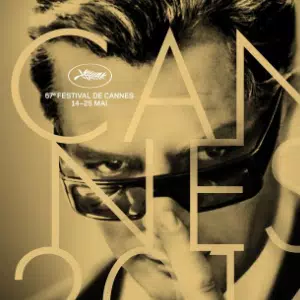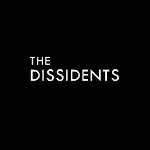Has Bong Joon-Ho’s work been gradually transforming through his collaborations with Hollywood studios?
His latest film, Mickey 17, makes this suspicion even more evident.

In this eclectic mix of scientific ethics, technological determinism, capitalist dilemmas, democratic crises, and class division, all sharp critiques are constantly dissolved by Bong Joon-Ho’s humor. Over the slightly unbalanced and somewhat drawn-out 134 minutes, Bong seems to deviate from the essence of “satire”—using metaphor, exaggeration, and irony to expose, criticize, or ridicule. When all that remains in a film is one-dimensional mockery, it ultimately degenerates into a superficial and cynical gesture.
Mickey 17 amplifies the discord between Bong’s signature style and the Hollywood system. Robert Pattinson’s titular character, as a “disposable clone,” repeatedly contemplates the meaning of life and is frequently asked, “What does death feel like?” Ultimately, it is the emergence of Mickey 18 that jolts him out of his self-destructive introspection.

Initially, the film explores how one can seek meaning in a world completely dominated by capital. However, when Mickey 17 and 18 defeat Mark Ruffalo’s slick and foolish politician, Mickey’s secret-agent girlfriend, Nasha, becomes the new leader, and the natives on the outer-space planet coexist harmoniously with humans, this core theme gradually dissolves into a family-friendly atmosphere.
Bong’s films have always balanced meticulous design with flashes of brilliance. While Parasite was a success, some viewers still found its narrative intent too overt. This quintessentially Bong Joon-Ho characteristic becomes even more apparent in his Hollywood ventures, where he is removed from his native cultural environment. Snowpiercer was concept-driven, throwing audiences into a starkly divided yet overly simplistic dystopian world through a high-concept, rigidly structured setting. While the train's structure symbolized a sociological hierarchy, Bong’s depiction of it was highly visualized and hypothetical, making its attempt at real-world critique feel particularly strained.

His subsequent collaboration with Netflix, Okja, felt more like a children’s film. The villains, who should have served as powerful critiques of reality and warnings to society, were rendered cartoonishly ridiculous. The confrontation between good and evil, within the film’s comic-book-like tone, came across as mere child's play. When the protagonist Mija takes Okja back to the mountains, away from the human world, none of the real problems are truly solved, leaving the audience with a profound sense of emptiness.
When Bong focuses on people grounded in reality, on the Korean history and contemporary issues he knows well, and on East Asian societal dilemmas, his films consistently approach perfection—examples include Memories of Murder, Parasite, and Mother. In contrast, when he shifts his gaze toward the international market, assembling Hollywood A-listers and larger production teams, his narratives often spiral out of control. Bong excels at wrapping serious themes in an entertaining package, but when he attempts to juggle too many conflicting ideas, that balance is gradually lost.

Bong’s films are still highly engaging. The abrupt shifts between serious and comedic tones, between humor and cruelty, and between slapstick and violence have always surprised and delighted audiences. However, the backbone of a great film must rest on clear expression and a fundamental connection to reality. Bong’s large-scale productions often soar too high and veer too wildly, ultimately making it difficult to grasp their central themes or their relevance to the world we live in.
If cinema is a form of culture, then it serves as a system of interpretation for human life, an effort to help humanity confront the dilemmas of existence. When filmmaking loses this purpose and instead becomes a mere display of themes and a stacking of ideological elements, its artistic nature disintegrates into something as artificial as social media spectacle.

At the 2002 Busan International Film Festival forum, the late renowned film scholar David Bordwell delivered a speech in which he stated: “The three possible paths for Europe, South America, and Asia to counter Hollywood are: collaborating with Hollywood, competing with Hollywood, and creating works that can replace Hollywood.” At that time, the young Bong Joon-Ho might not have imagined that his creative career would follow this statement in reverse. His Hollywood blockbusters are increasingly lost in the jungle built by money.
Perhaps Bong should recognize this fundamental truth: his greatest strength does not lie in an excessive layering of elements but in the sharp and nimble strategy of achieving grand impact with minimal means. A dramatic experiment within a minimalist spatial framework was enough to win him both the Palme d’Or and the Academy Award for Best Picture. The relentless pursuit of a single murderer and an exploration of his motivations were enough to encapsulate the entire socio-political atmosphere of Korea from the 1980s to the 1990s, resulting in a anti-traditional detective film that became a classic, leaving a lasting impact on cinema.

Bong Joon-Ho may be obsessed with Hollywood-scale productions, but after three misfires, that obsession should have faded. Whether he continues his career in the U.S. or returns to Korea, it is time for him to revisit the creative approach that once made him great—achieving more with less.
























































View replies 1
View replies 0